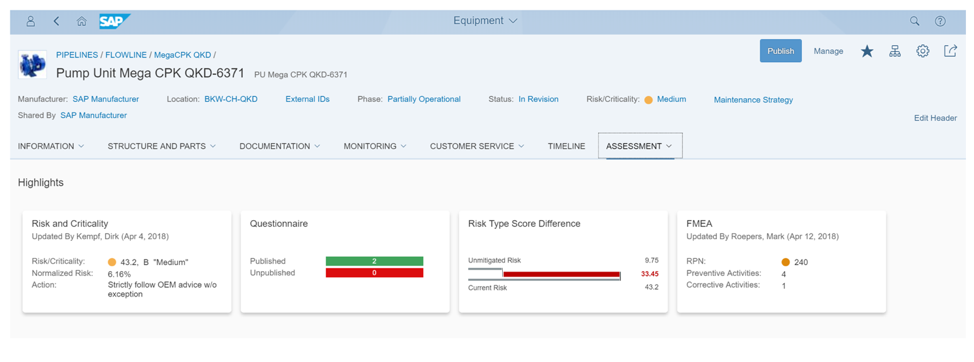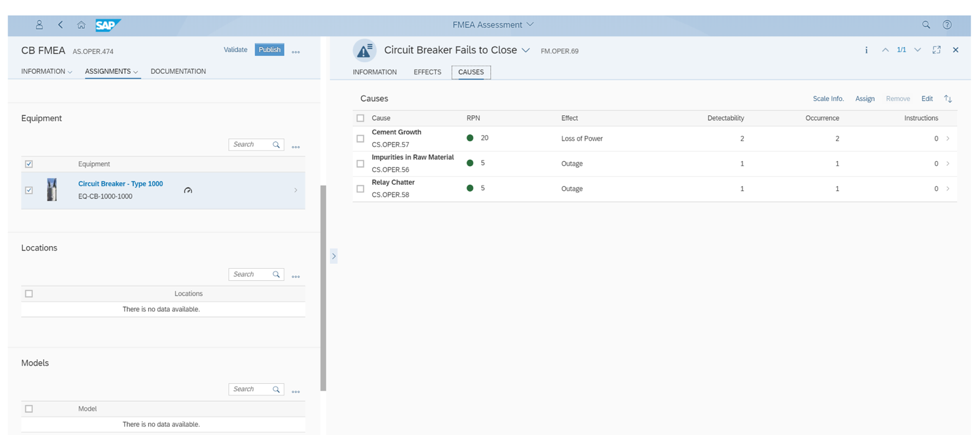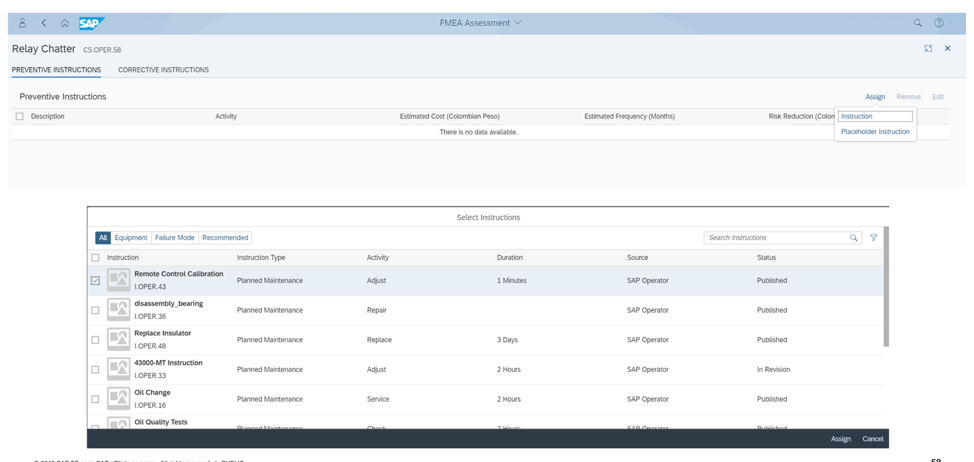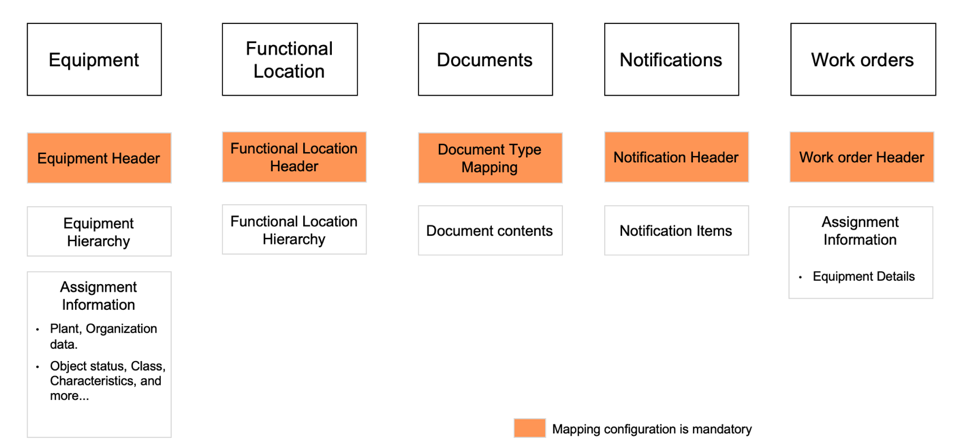SAP Asset Strategy and Performance Management is one of multiple products that make up and enable SAP Intelligent Asset Management (IAM). Each IAM product covers a wide range of capabilities by capitalizing and enhancing the modern data sets that are available to Enterprise Asset Management (EAM) customers.
By unifying data and insight from your own systems as well as your network to define and plan maintenance execution strategies, SAP Asset Strategy and Performance Management helps companies increase asset performance. The goals with this solution are to develop asset strategies to define actions and mitigate risks for any asset, create collaborative assessments between organizations, and perform long-term capital planning based on asset degradation.
Building an Effective Asset Strategy
The best asset strategies find the optimal balance between maintenance spend, risk, and asset performance, which includes health, safety and environmental concerns. New technological advancements has transitioned the focus from preventive to predictive maintenance, where Internet of Things and predictive capabilities can now be leveraged to optimize asset performance.
SAP Asset Strategy and Performance Management utilizes a risk-based maintenance approach for planning in order to reduce the probability of asset failure. The solution also adopts Reliability Centered Maintenance (RCM) processes, including Failure Mode and Effects Analysis (FMEA).
In order create an effective strategy, SAP Asset Strategy and Performance Management offers the ability to manage asset performance across lifecycles, and to consistently monitor, review, and improve. This is done with a holistic view of assets, in order to reduce bottlenecks of information and prevent incidents.
With SAP, these strategies can also be adopted to your specific industry to find the right fit. Regardless of the industry, SAP uses a six-step continuous process for asset strategy: Define, Identify, Analyze, Recommend, Implement and Verify.
- Define: This step is about defining asset information using Asset Central within IAM. This will standardize asset information between manufacturers, operators, and service providers. OOTB integration between Asset Central and ERP can be leveraged to ensure the asset registry is aligned with both asset and work management processes. . This integration is supported with SAP S/4HANA 1709 and above, as well as SAP ERP 6.0 and above.
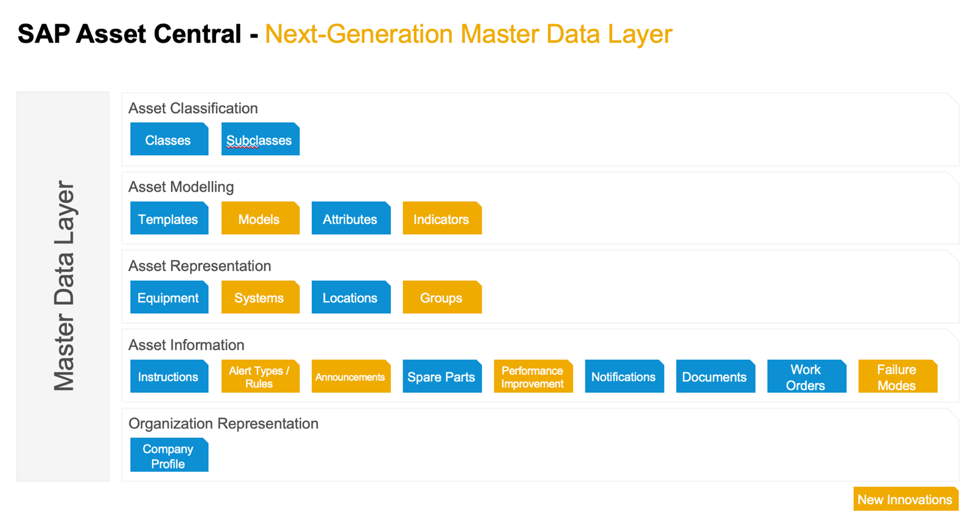
- Identify: Here we will perform asset risk and criticality assessments. Using the Asset Criticality Assessment tool, the system will provide a risk score and support the selection of appropriate analytical processes for that asset. It will provide a more infrormed assessment with historical maintenance data and KPI integration.

- Analyze: Now we will conduct the appropriate asset assessments we previously identified, such as RCM, FMEA, and Preventive Maintenance Review (PMR).

- Recommend: Based on assessments, recommended tasks and actions will be developed and assigned. Here you can build out specific maintenance instructions and share assessment information with the necessary people.

- Implement: This is where recommendations or instructions from the defined maintenance strategy are deployed. Integration with your ERP system helps bring that strategy full circle. Below you can see the asset data involved in that integration.

- Verify: Our work doesn’t stop by executing the maintenance plan. Continuous monitoring and analysis will be done using native reporting tools within IAM and integrated SAP Analytics Cloud reports based on both business IT and operational data. Applicable adjustments can then be made to ensure asset viability based on corporate goal and objectives.
Evolve Your Asset Strategy
With the rise of new technologies, we can build strategies that not only keep our assets working, but adhere to the right balance of cost, risk, and performance.
To find out how your company can benefit by enhancing your asset strategy, contact Rizing.

